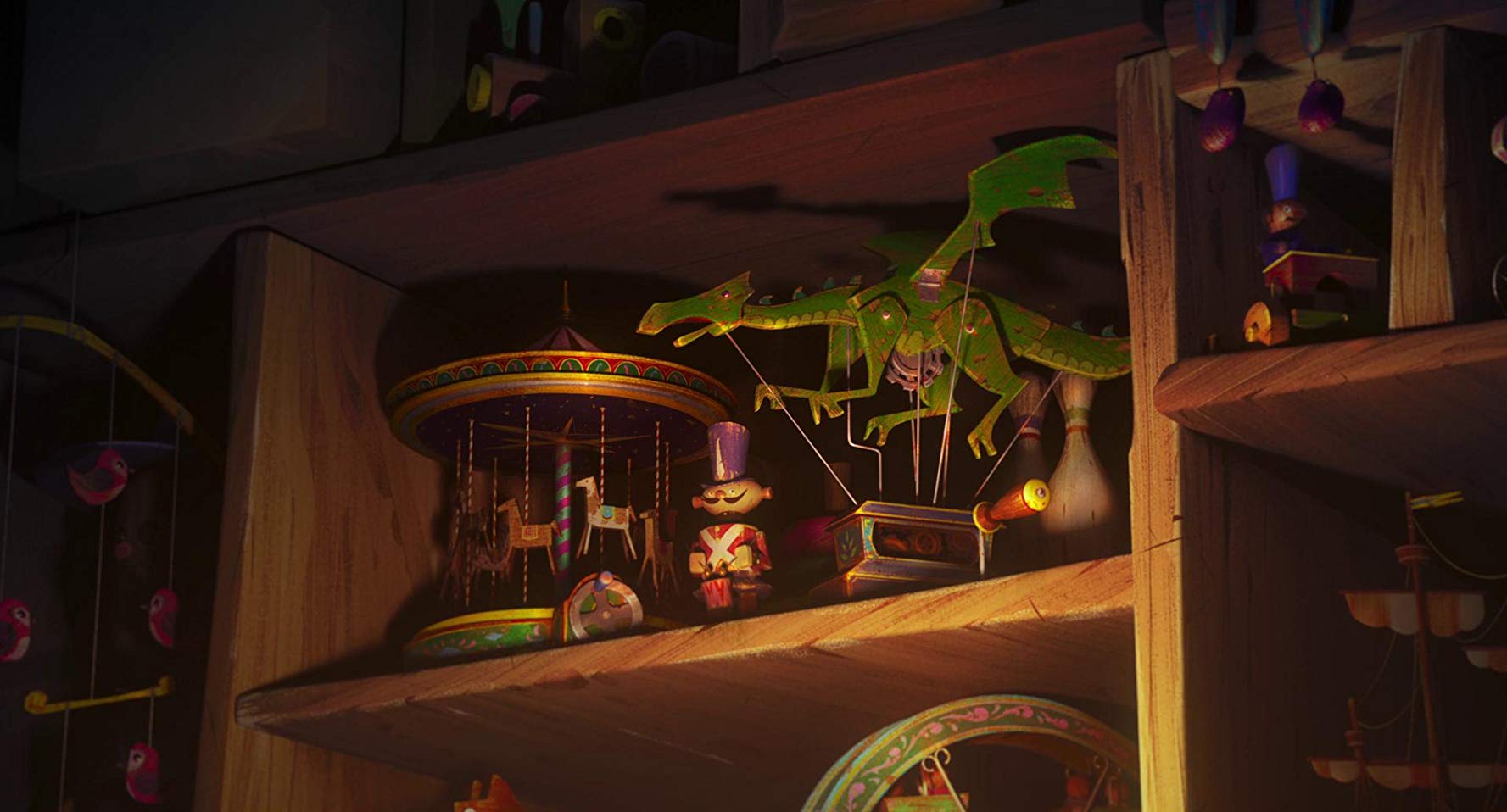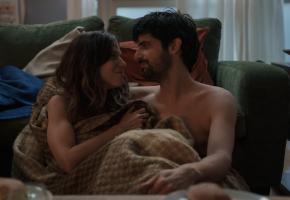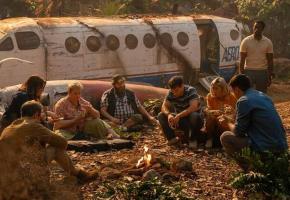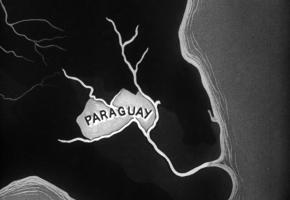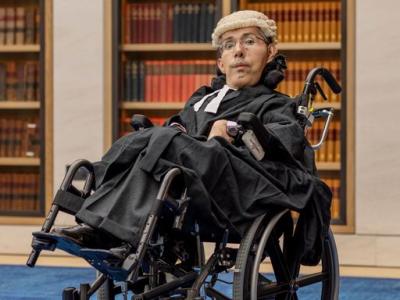Klaus (2019)
The Spanish animator and director Sergio Pablos, by virtue of his talent and creativity has become the third sole-creator of an animated movie franchise that has gone on to generate over $1 billion from theatrical and ancillary markets after only one sequel. He was launched on the International animation stage with the huge popularity of ‘Despicable Me’ (2011) and he has not looked back since. He was also behind a series of other successful animated features that include ‘Foosball’, ‘Rio’, ‘The Hunchback of Notre-Dame’ and ‘Smallfoot’.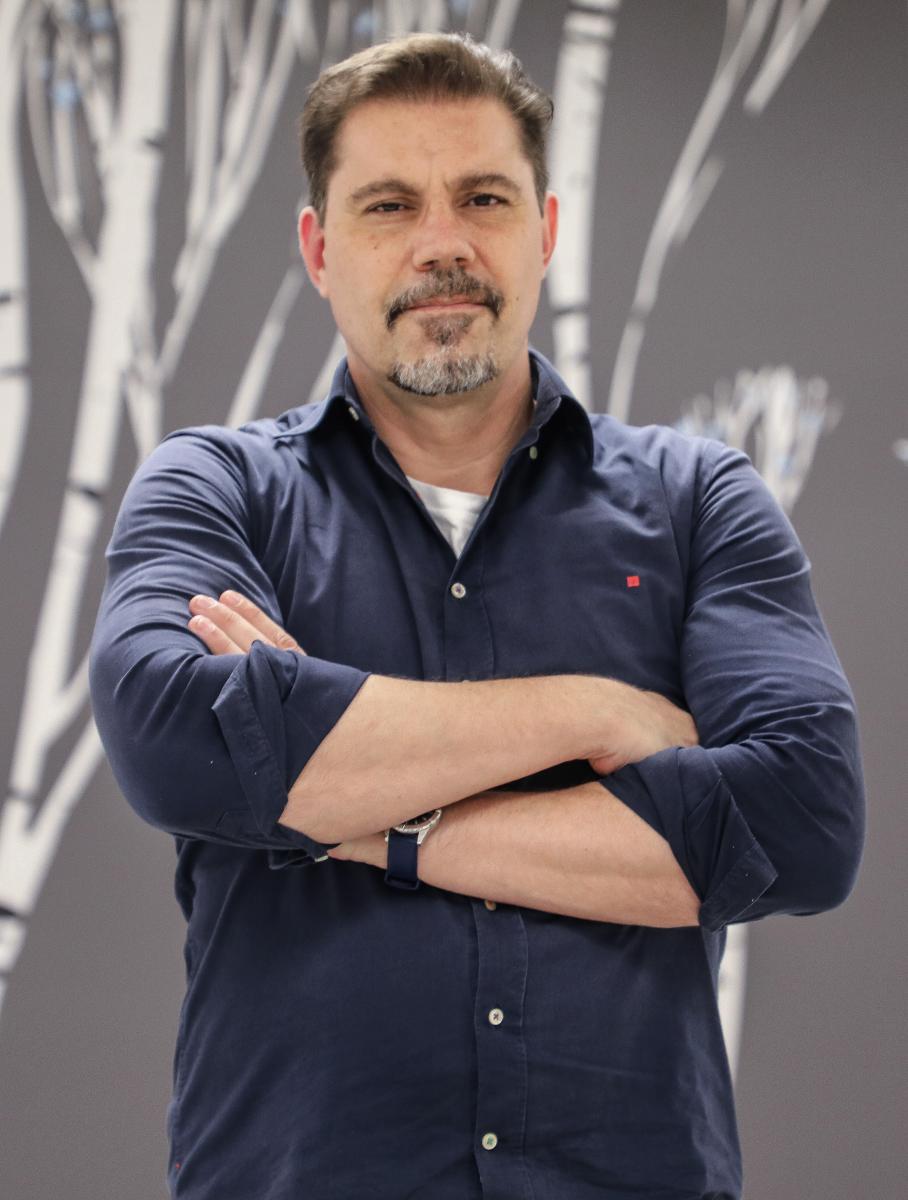
Sergio Pablos
The original idea for Klaus was the result of many years of taking a hard look at “established characters with all their lore and mythology, that might have become a bit outdated.” He then made a long list of historical, literary and even fictional characters like Napoleon or Dracula,until he came across the idea of Klaus. Initially, he rejected it as “… being too sappy”.
Santa Klaus films have been produced and released on a regular basis to catch the festive season audiences and a large number have not been innovative, simply playing on nostalgia and often splurged with sentimentality. Pablos was determined to avoid these pitfalls.
“It was a couple of years before it became a story and I thought I would love to create a story where the villain was the protagonist, usually the story does not gel [for me] until you can see the irony.”
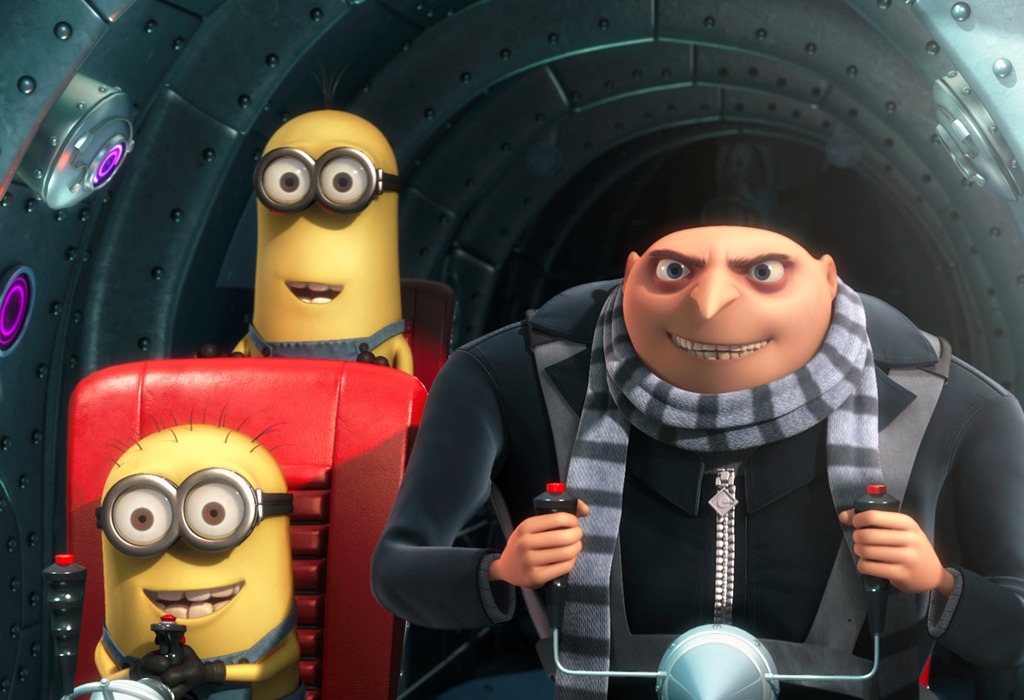
Gru and the Minions from 'Despicable Me'
Following his initial idea, as in ‘Despicable Me’: “Klaus sets out to become the biggest villain but ends up becoming the biggest father”. Pablos was amused by the idea that everything that was great and good about Santa could have come about “through the actions of the biggest asshole you could imagine.” This was personified in the spoilt – brat character of Jesper.
Jesper is a rich kid who was only admitted into the postal Academy because his Dad was the big boss. He excels at being the worst student in the history of the academy and exasperates everyone, mostly his own father who decides he has had enough and banishes him to a god-forsaken and remote village in the Arctic circle, where he’s instructed to post 6000 letters or risk being totally cut-off from the family fortune. Jesper, in his arrogance, sets off believing it will be like a holiday, so he is horrified when the sarcastic boatman Mogens (gleefully played by Norm MacDonald) takes him over to Smeerensburg, where he is confronted by a derelict, violent town teetering on extinction. The small town is controlled by two feuding family clans who have produced a hoard of delinquent children that terrorize the place.
All you need to do is to ring the bell on the central plaza and all hell breaks loose.
Jesper is out of his depth and it is only when he meets an apparently bad-tempered wood- cutter named Klaus, who lives alone in the forest, that things begin to change. Jasper devises a plan to complete his brief of posting many letters, by having the kids write to Klaus for items that he and Klaus can then deliver.
It follows the basic Santa Klaus premise but with a very different mise-en scène, enlivened by the stunning backgrounds and the cacophony of interesting characters that inhabit this remote village. Primarily, there are the two feuding families, the Krum, led by the black- hearted Mrs Krum and her equally conniving foe, Mr Ellingboe and his bellicose family.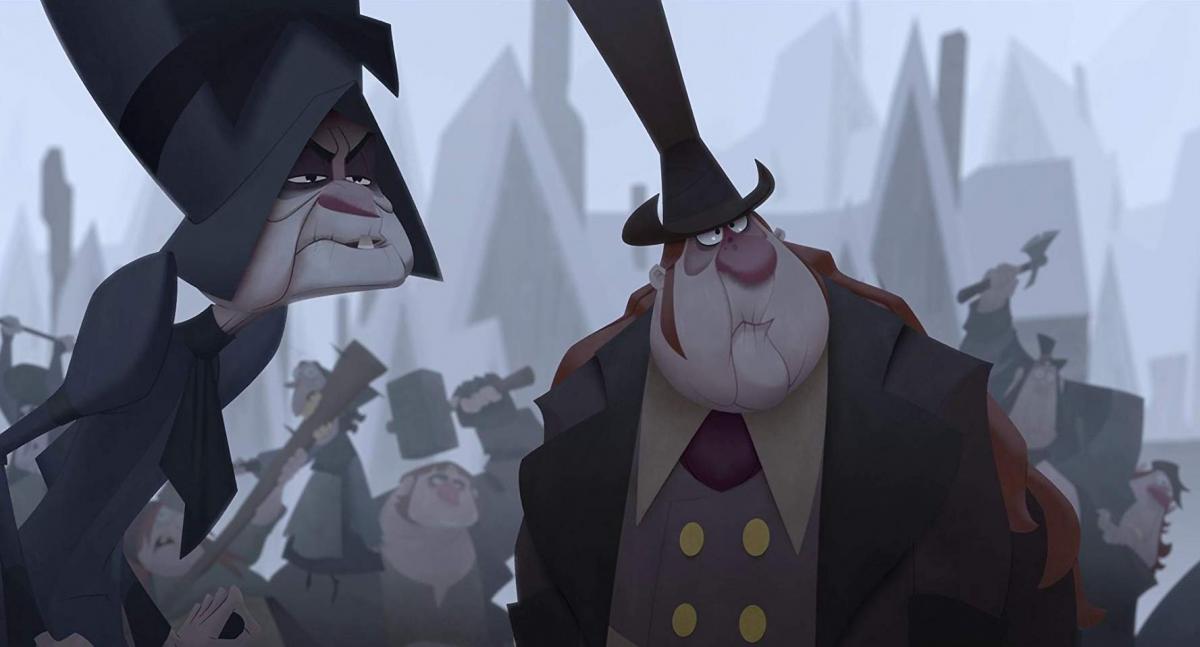 Mrs Krum and Mr Ellingboe
Mrs Krum and Mr Ellingboe
The film is totally charming with zero nostalgia. It has a good solid story that is enriched by visual gags and humour while dripping with irony from every angle. As Klaus and Jesper start to alter the dynamics of the village, the horrified clans decide, reluctantly, to join forces to fight what they perceive is an intruder in their midst and it leads to a succession of events that surprise everyone.
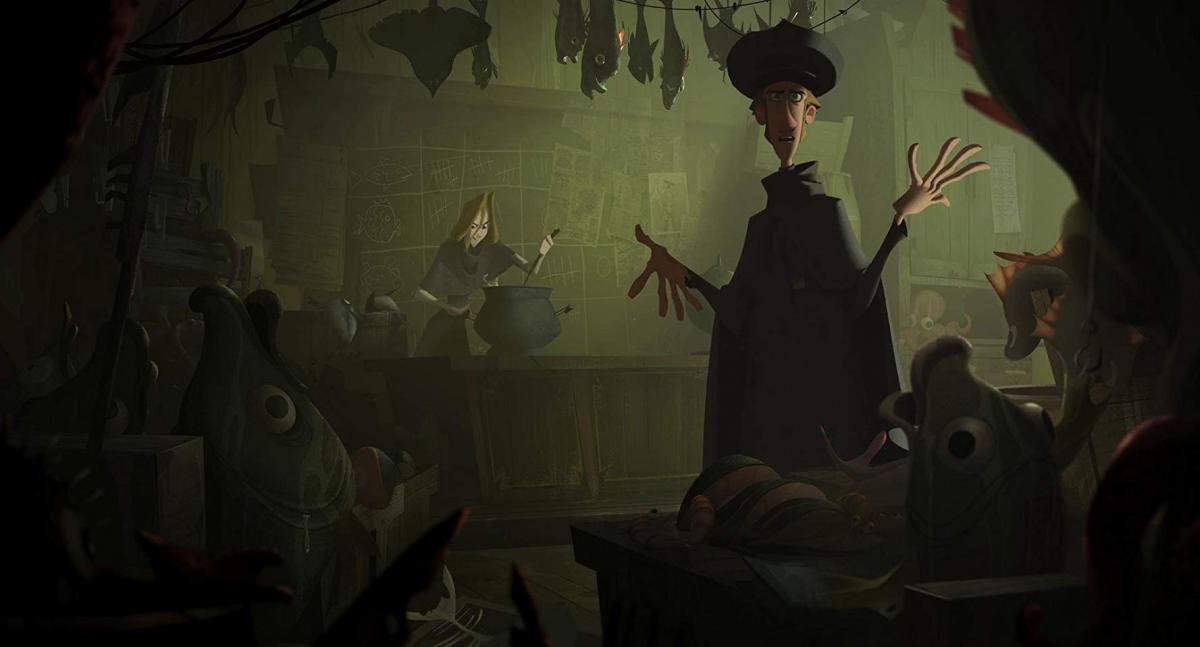
Alva's fish shop
The film is inhabited by an array of charming characters, including Alva,(Rashida Jones) the local schoolteacher gone awry and the delightful characterization of Margú, a Sami child (played by Neda Margerethe Labba). Pablo went all the way to Tromsø in Norway to record her sessions. She speaks no English so they had to achieve the recordings through mimicry and translators.
Klaus was created in 2D animation, using traditional ideas with modern software and new tools, that were developed to create the effective layers in light & shadow on the 2D drawings to provide the volume and 3D effects. Pablos had been contacting studios all over the world in his efforts to achieve these effects that he wanted, when one of his own employees, Marcin Jakubowski, came to him and said he had worked out a method he thought would work.
As Sergio Pablos said to him:
“I’m going to give you an actual shot, where a character walks into a room and there’s a different set of lights. If you pull it off, the question is, is this something you can do? Because you’re a freakin’ mad-genius and we could actually teach other people to do this, too?’ The irony was, I was reaching out to people in the US and Canada and Australia and the guy who had the solution was in the next room!”
With Marcin’s recipe, Pablos reached out to ‘Les Films Du Poisson Rouge’ and they established a partnership that figured out a way to track, not just vector drawn lines, but even bitmap lines. They called the tool: “Klaus Light and Shadow”. The other vital software was Toon Boom Harmony, so that everything from storyboarding through to ink and paint was based on the Toon Boom pipeline. Initially, Sergio Pablos could not find backers for the project and the proposal was rejected by a number of studios, until Netflix decided to take it on in 2017.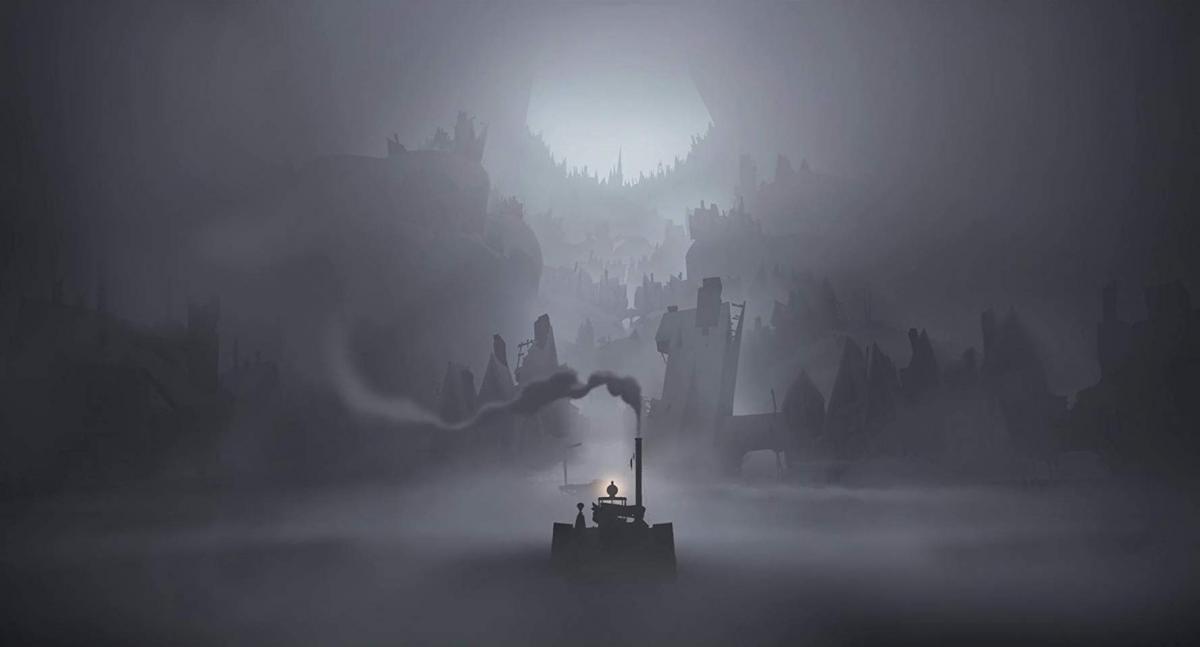
Smeerensburg as Jasper arrives on Mogen's boat.
So many years had gone by since there were lots of high-end 2D animated films, that Sergio Pablos found it hard to find the necessary talent. Fortunately, like with himself, there were people who were equally interested in the medium: -
“There’s a whole generation of 2D animators that chose that path [of 2D animation] even though it might seem better to have invested in CGI, but they did it out of passion, just like I did when I started… There are many disciplines that have just disappeared and the whole knowledge is almost gone. We had a lot of trouble finding a ‘lay-out team’ because no one does traditional lay- out any more. We realized that the closest was concept designer [and development artists] so we had to bring them in and train them to do ‘lay- out’... So, we decided to merge layout and backgrounds into one department.”
Lay- out is the skill of creating a line drawing of the background with the characters, in a frame of a scene. It is a finer and more detailed extension of the rougher sketches on a storyboard which define the action and the perspective. Background artists and the animators work exclusively from these lay- out drawing.
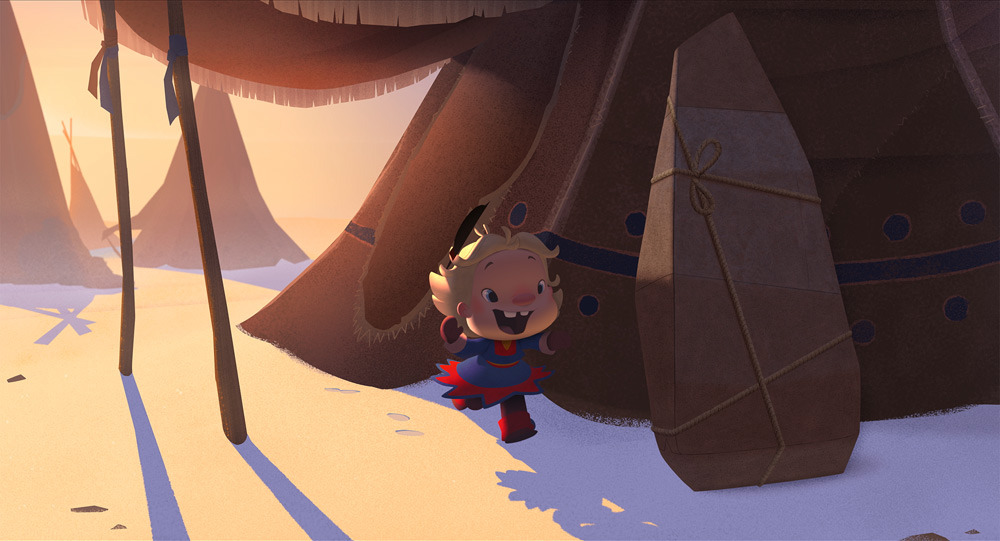
Margú the Sami child
Although Sergio Pablos is Spanish and the film was produced in Spain, they ended up with a crew that was 60% from outside Spain, there were Italians, French, Germans, Polish, and artists from the USA, Canada and even South America as well:- “all kinds of languages were spoken in the studio!”
Bringing 2D back posed a series of questions: -
“There was a notion that the way to bring back 2D animation was through nostalgia and I think that’s a mistake, there might be a nostalgic quality to these things, but just saying to people: ‘Remember this?’ is not enough! You have to bring something new.”
The main character designer on the production team was Torsten Shrank and he pointed out that there were 290 characters in this production! Creating a character is not only to be found in the dialogue and the voices.
Torsten Shrank:-
“To nail down the personality and [find] what is in that shape [ that you have created]?... You get a bit afraid of that guy [Klaus] but throughout the movie he grows, until you feel secure when he is around. It might be simple to draw, but it was our version of Santa, and the fun was letting him become Santa. Jasper [for instance] was supposed to be a throw-away design, but he grew on us [and in the end] he has the most screen time of any character!”
Sergio Pablos:-
“I could instruct my animators to animate the sub-text of the shot which became very liberating because I could make sure they get it without having to say it. Make them part of the figuring out of the story, which is the way to get them engaged… they [teased me] saying: ‘every time you tell me to do something, you spend more time on the subtext than you do on the actual text’… that means you get to carry the truth of the character, which is the most fun I had when the characters were not meaning what they were saying … it is super rewarding if you do it right! The film is plastered with solutions that are performance based instead of dialogue based.”
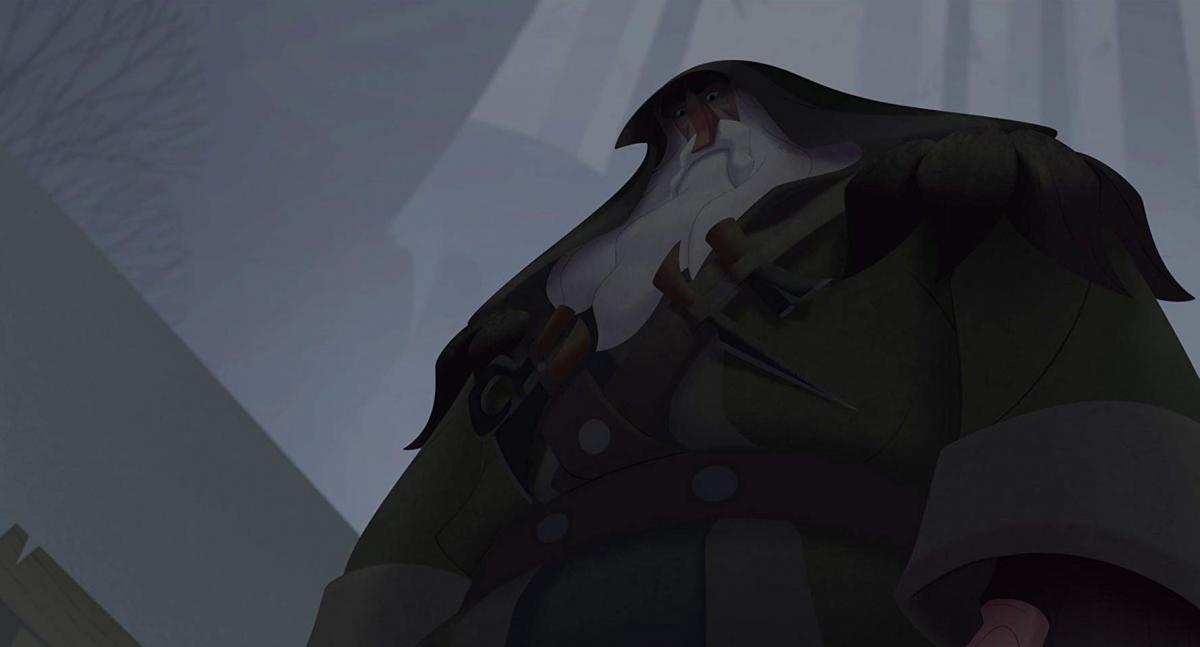
Klaus the wood man
No previous Santa movies touched on any back story for him. Here the back story is very moving and dominated by the strong presence of Klaus’ late wife Lydia. In many ways, she becomes the catalyst of the whole story, with her spirit being represented by the wind in a gentle poetic manner.
It is the ‘wind’ that blows the young boy’s drawing onto Jesper so he explains how the mail works stimulating the children to write. In this way, the ‘wind’ causes situations that move the story on: Jesper discovers a map of the island with Klaus’ residence, the wind blows a door shut so he has to find another way out of Klaus' barn, which leads to interesting discoveries.
In this way, right through to the very end, we see the ‘wind’ mesmerizing Klaus as he whispers: - “I’m coming, love”.
KLAUS (2019) can be viewed on Netflix
Director Sergio Pablo / Co-director Carlos Martínez López
Writer Sergio Pablos original story and screenplay, + Jim Mahoney and Zach
CAST
Jesper Jason Schwartzman
Klaus JK Simmons
Alva Rashida Jones
Margú Neda Margerethe Labba
Olaf/ Pumpkin Sergio Pablos
Mrs Krum Joan Cusack
Mr Ellingboe Will Sasso
Producers Sergio Pablos/ Gustavo Ferrada/ Mercedes Gamero/ Jinko Gotoh/ Marisa Roman and Matthew Teevan
Music Pablo Garcia Revert/ Alfonso G. Aguilar
Prod design Szymon Biernacki/ Marcin Jakubowski
Character design Torsten Shrank
Background and Layout Luis Mejía
Animation Ole Christian Løken/ Caroline Piochon/ Fernando Moro /Sergio Martins /


